BURDEN OF HUMAN FUNGAL INFECTIONS
A large number of deaths worldwide i.e. approximately 1,60,000 annually are caused fungal diseases like cryptococcal meningitis which can be compared to the causalities caused by other diseases like tuberculosis and malaria which are 1.6 million and 4,29,000 respectively. But on the aspect it is seen that in contrast to 35.5% of total research and development in tuberculosis and malaria, only 0.5% is made in Cryptococcus. Therefore a significant contribution in research and development is required to develop novel therapeutic alternatives. Some of these are already in various developmental phases like AR-12, BHBM, Ilicicolin H, Nikkomycin Z, Sampangine, Sertraline, Tamoxifen etc. These agents can act through different mechanisms and hence can lead to development of effective antifungal therapy and ultimately reduce mortality from fungal diseases.
IMPACT OF FUNGAL INFECTIONS ON FOOD CROPS
The impact of fungal infections can be clearly seen on food crops as they nearly destroy one third of the total crops produced annually worldwide leading to huge economic loss and poverty. Statistical analysis showed the destruction of 5 main crops by fungi namely rice, wheat, maize, potatoes and soybean to such a quantity that if was prevented, it could have been able to feed 8.5% of the world’s population. The most economically devastating fungi are Magnaporthe oryzae, affecting rice and wheat, followed by Botrytis cineria which has a broad host range and Puccinia spp., affecting wheat. Several other crops like banana, coffee, cacao, spices are also affected and this lack of biodefence and preparedness can lead to disastrous consequences worldwide. The effect of fungus like Ascosphaera and Aspergillus is also seen on invertebrate hosts like bees which act as a medium of pollination on which agricultural production is highly dependent.
IMPACT OF FUNGAL INFECTIONS ON ANIMAL SPECIES
Effects of fungal infections is also seen in reducing biodiversity due to which there is a need for urgent attention. Bat declimation caused by Geomyces destructans and several frog species by Batrachochytrium dendrobatidis are known examples, also Aspergillus is being suspected of degradation of coral reefs.
CRITICAL INTERACTIONS OF FUNGI WITH THE ENVIRONMENT
Most of the plant fungus association are found to be symbiotic i.e. beneficial for both plant and fungus thereby improving plant growth, development, foraging, acquisition of soil resources and tolerance to stress. The addition of Trichoderma hematum or Trichoderma koningii is known to increase the crop productivity upto 300% by the process of biofertilization. This species is also known to act in case of mycoparasitism i.e. attack of one fungus species on other and is describes as potential control agent against phytopathogenic fungi such as Fusarium, Rhizoctonia solani, Sclerotinum rolfsii etc. This strategy of mycopararsitism is beneficial and can lead to reduction in the use of agrochemicals and antifungals in crop cultivation.
THE URGENCY OF COMBATTING FUNGAL INFECTIONS
Most of the human fungal pathogens have environmental niches, implying that the agricultural use of medically approved drugs imposes the risk of fostering drug resistance. Emergence of resistance poses danger as already limited treatments are available. So, the development of new antifungal drug is important. The worsening of global warming opens a Pandora box for fungal diseases. Some thermally tolerant fungi with pathogenic potential are able to survive at mammalian temperature. Due to this some fungi can take advantage of a natural selection adaptation therapy and adapt to a higher temperature.
The co-ordination of all these operations will lead to the early detection and prevention of epidemics and preventing their further spread. Lack of access to healthcare, underfunded healthcare and delayed diagnosis leads to higher burden of these fungal diseases. The concept of One Health with integration and communication between medical doctors, veterinarians and food safety individuals has succeeded to an extent and should become a standard for transmissible disease.
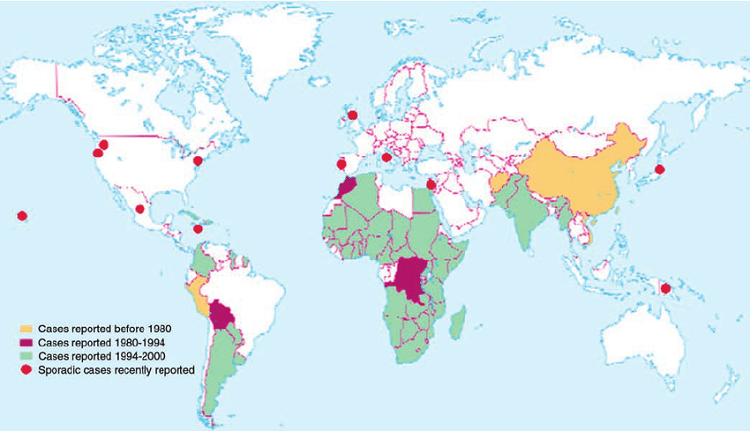
SOME EXAMPLES OF HUMAN MYCOTIC DISEASES ARE SHOWN IN THE TABLE BELOW
| Fungal Diseases | Distribution and Etiological Agent |
| Aspergillosis |
Wide spectrum of infections in humans, but mainly in immune-compromised individuals. Aspergillus fumigatus and Aspergillus flavus are the most common human pathogens. |
| Blastomycosis |
Endemic mycosis located to the south central and north central United States, caused by Blastomyces dermatitidis and Blastomyces gilchristii that can affects immunocompetent and immunocompromised individuals. |
| Candidiasis |
Worldwide mycosis, caused by Candida spp, a major cause of morbidity and mortality worldwide, and the main causative agent in systemic fungal infections. Among the Candida species, Candida albicans is the most common to cause infections in humans. |
| Coccidioidomycosis |
Endemic to Southwestern United States and Central and South America, caused by Coccidioides immitis and Coccidioides posadasii. |
| Cryptococcosis |
Worldwide distribution, caused by Cryptococcus neoformans. Affects immunocompromised hosts, and is a major cause of HIV-related deaths. |
| Dermatophytosis |
Worldwide, Trichophyton rubrum and Trychophyton interdigitale have been described as the most common to cause dermatophytosis. The most frequent type of superficial mycosis in humans, attacking skin and nails. |
| Histoplasmosis |
Histoplasma capsulatum is the etiologic agent, mostly Immune-compromised individuals, it is one of the most common invasive fungal pulmonary diseases. |
| Sporotrichosis |
Worldwide, subcutaneous and subacute/chronic disease caused by dimorphic fungus of the genus Sporothrix that affects humans and other mammals. |
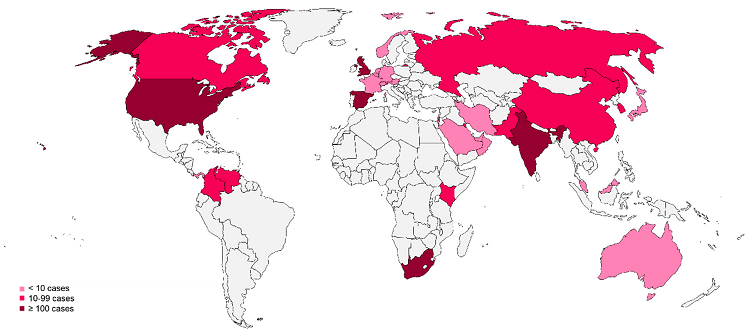
| The content of the articles are accurate and true to the best of the author’s knowledge. It is not meant to substitute for diagnosis, prognosis, treatment, prescription, or formal and individualized advice from a veterinary medical professional. Animals exhibiting signs and symptoms of distress should be seen by a veterinarian immediately. |


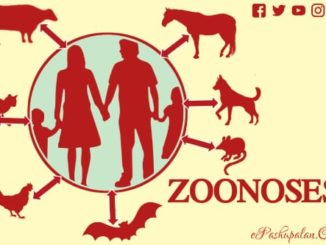
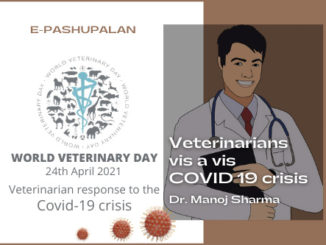
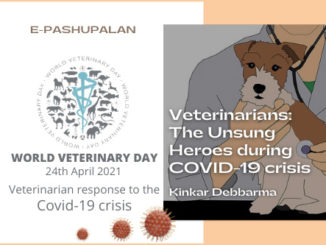

Be the first to comment